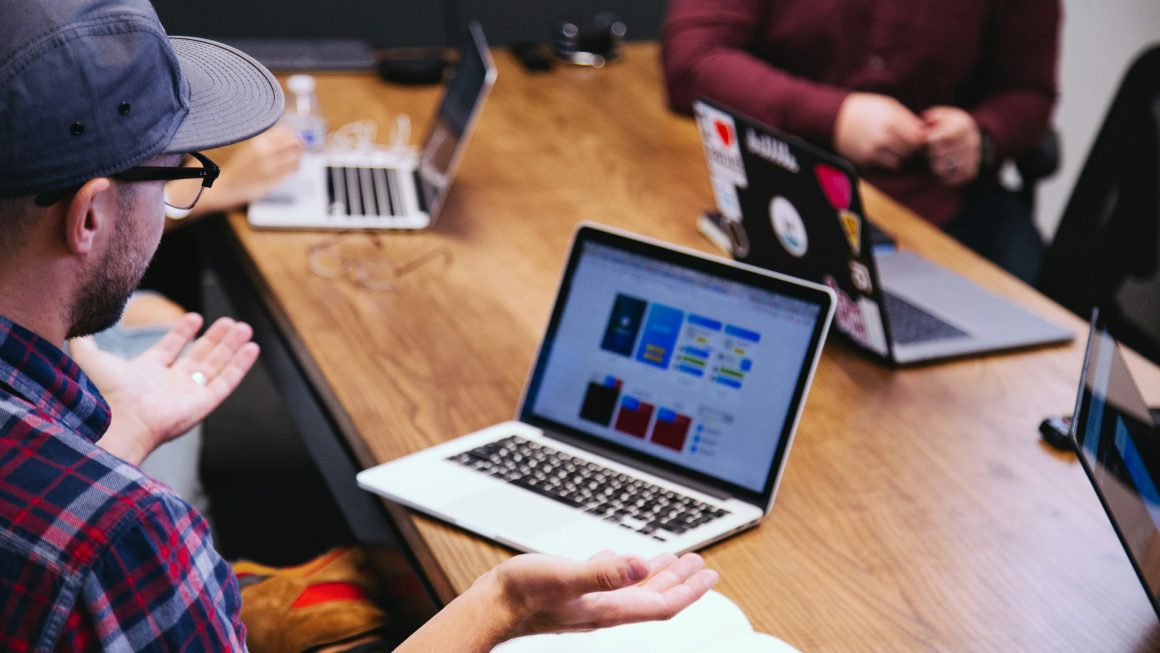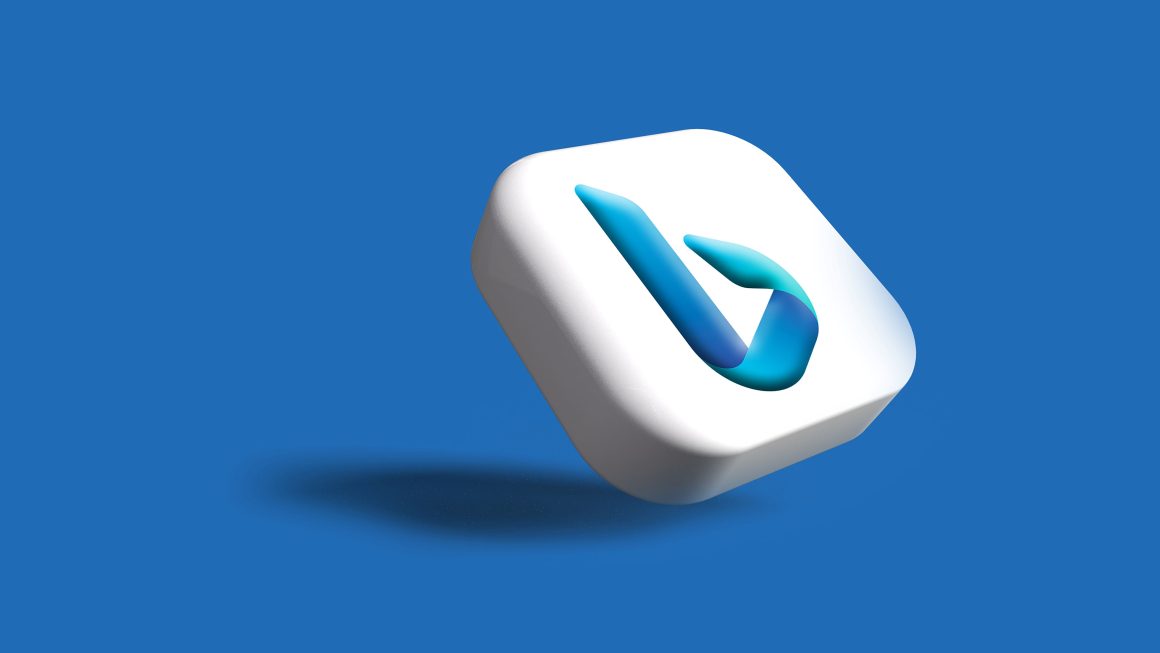Banks are some of the most heavily guarded financial institutions because of the high level of money flow and sensitive information of the clients. The regulatory requirements for banks are some of the most rigorous. With the rise in cyberattacks, it is becoming more imperative that stricter and more meticulous measures should be taken.
In September 2019, a US bank, Capital One, was breached. This breach compromised the information of 140,000 customers and 80,000 accounts in the US. This clearly shows the need for more effective security systems to protect the valuable data of bank account holders. In addition to effective Identity Authentication of clients, it is imperative to add more security checks to make it impossible for hackers to breach.
Banks are super centered to make sure that elevated levels of better Cybersecurity are attained. By employing identity authentication systems, banks can provide an added layer of security to the bank accounts. Banks are employing several ways to mitigate and eliminate the threats of cyberattacks.
Document Verification
In addition to biometrics, banks have to verify the identity of their clients first. Banks have to ensure the authenticity of their clients before onboarding. Know Your Customer (KYC) regulations outline the data a bank needs from a prospective client before onboarding. In order to be KYC compliance, it becomes imperative to perform identity verification and authentication of a client. After making sure the client is who they say they are, banks should onboard them.
Biometric Data For Identity Authentication
Biometric security includes the dimensions and computations of numerous aspects of human anatomy as a form of defense against cyberattacks for better Cybersecurity. Biometric data is intended to protect the identity, data, and accounts of a bank’s clients.
Some examples of biometric data include fingerprints, iris scan, facial recognition, voice recognition, palm recognition, and behavioral biometrics. Through the use of biometrics, people with no access cant get into someone else’s bank account.
● Fingerprint Scans
Fingerprint scanners are the most common types of biometrics employed. In this method, prints are scanned and matched with the fingerprints already stored in the database. Since it is the most popular form of biometrics, banks routinely employ fingerprint scanners for security purposes. There are a variety of fingerprint scanners available and they all operate in the same way. But it is evident that employing fingerprints only doesn’t provide complete security.
● Facial Recognition
For Better Cybersecurity, Facial recognition also makes use of the unique features of an individual’s face. The surge in cyberattacks and bank fraud has advanced the use of facial recognition to authenticate users. Although facial recognition is a very advanced tool for security purposes, it can still be hacked. This is why it’s imperative to have additional security in place.
● Voice Biometrics
Through voice biometrics, the voice of the account holder is matched with the resonance and tone of the voice stored in the database. For Better Cybersecurity, Voice biometric technology measures about 80 characteristics of the vocal tract which can be gaged from a scale of 1 to 10. The uniqueness of the voice makes it more secure than that of the fingerprint.
● Behavioral Biometrics
Behaviors of people, for better Cybersecurity, like the way they type on a phone or a keyboard or scroll through websites, can be as unique as a fingerprint. To combat fraud and mitigate cyberattacks, some banks and retailers note and record how you scroll and tap when on their websites. This tracking of physical movements is called behavioral biometrics.
Just as technology is becoming advanced, fraudsters are also becoming savvier. Banks are constantly fighting back using the power of technology integrated with biometrics.




